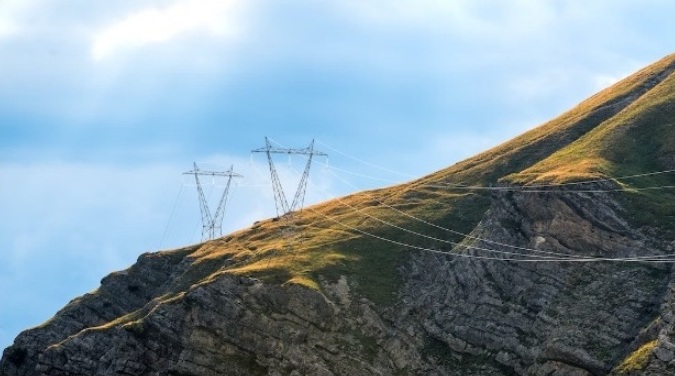A study by International Energy Agency (IEA) has found that the world needs to add or replace 80 million km of power grids by 2040, in order to meet national climate targets and support energy security.
For a frame of reference, all power grids globally today add up to 80 million km.
Efforts to tackle climate change and ensure reliable supplies of electricity could be put at risk unless policy makers and companies quickly take action to improve and expand the world’s electricity grids, the IEA report released on October 17, 2023, said.
Importance of grids to rise
Grids have formed the backbone of electricity systems for more than a century, delivering power to homes, factories, offices and hospitals – and their importance is only set to rise as electricity’s role in energy systems increases. But the new report, Electricity Grids and Secure Energy Transitions, which offers a first-of-its-kind stocktake of grids worldwide, finds signs they are not keeping pace with the rapid growth of key clean energy technologies such as solar, wind, electric cars and heat pumps. Without greater policy attention and investment, shortfalls in the reach and quality of grid infrastructure could put the goal of limiting global warming to 1.5 °C out of reach and undermine energy security, the report warns.
80 million km
Achieving all national climate and energy goals will require adding or replacing 80 million kilometres of power lines by 2040 – an amount equal to the entire existing global grid – according to a detailed country-by-country analysis carried out for the report. Major changes to how grids operate and are regulated are also essential, while annual investment in grids, which has remained broadly stagnant, needs to double to more than $600 billion a year by 2030.
Issues are already emerging. The report identifies a large and growing queue of renewables projects waiting for the green light to be connected to the grid, pinpointing 1,500 GW worth of these projects that are in advanced stages of development. This is five times the amount of solar PV and wind capacity that was added worldwide last year.
New technology
The role of electricity is set to continue growing strongly, increasing the demands on grids. The adoption of new technologies such as electric cars and heat pumps means electricity is expanding into realms previously dominated by fossil fuels. Meanwhile, countries are adding renewable energy projects at a fast rate – requiring more power lines to connect them to electricity systems and high-functioning distribution grids to ensure reliable supplies for end customers. This includes the digitalisation of distribution grids and enabling more flexibility through demand response and energy storage.
Why grids are urgent?
The need for decisive action is urgent because of the long lead times for modernising and extending grids. New grid infrastructure often takes 5 to 15 years to plan, permit and complete – compared with 1 to 5 years for new renewables projects and less than 2 years for new charging infrastructure for electric vehicles.
Improving and expanding grid infrastructure in countries worldwide will require stronger international collaboration. Emerging and developing economies, excluding China, have seen a decline in grid investments in recent years, despite robust electricity demand growth and ongoing efforts to meet energy access goals.
RDSS finds mention
India’s Revamped Distribution Sector Scheme (RDSS) has found mention in the IEA report in the context of power regulators shifting to output-based schemes. The report says, “In India, the Revamped Distribution Sector Scheme (RDSS) has been developed to address state-specific needs: reducing grid losses, improving the reliability and affordability of power supply to consumers, and ensuring a financially sustainable and operationally efficient distribution sector. Among other projects, the smart meter rollout, delayed several times, is finally going to be launched (250 million units by FY 2025/2026) thanks to a proposed mechanism to be implemented through a public-private partnership (PPP) using the TOTEX principle.”
Incidentally, the report observes that United Kingdom (UK) was the first country to adopt a full TOTEX scheme (TOTal EXpenditure = CAPEX + OPEX) for electricity, which has been in place for distribution service operators (DSOs) since 2015.
Also read: ADB, IEA Renew Agreement On Energy Sector Collaboration
Featured photograph sourced from IEA



